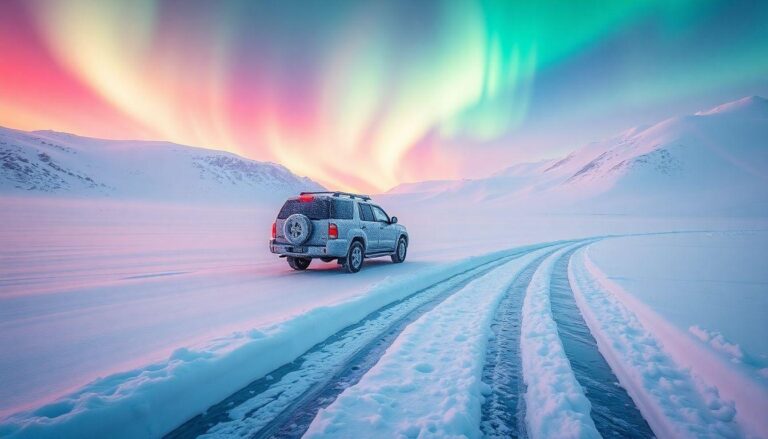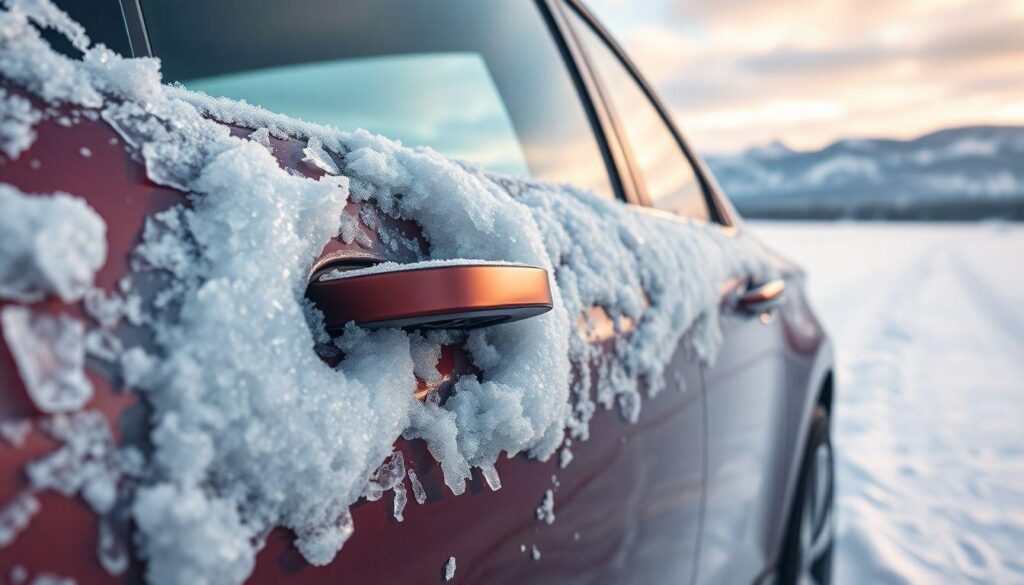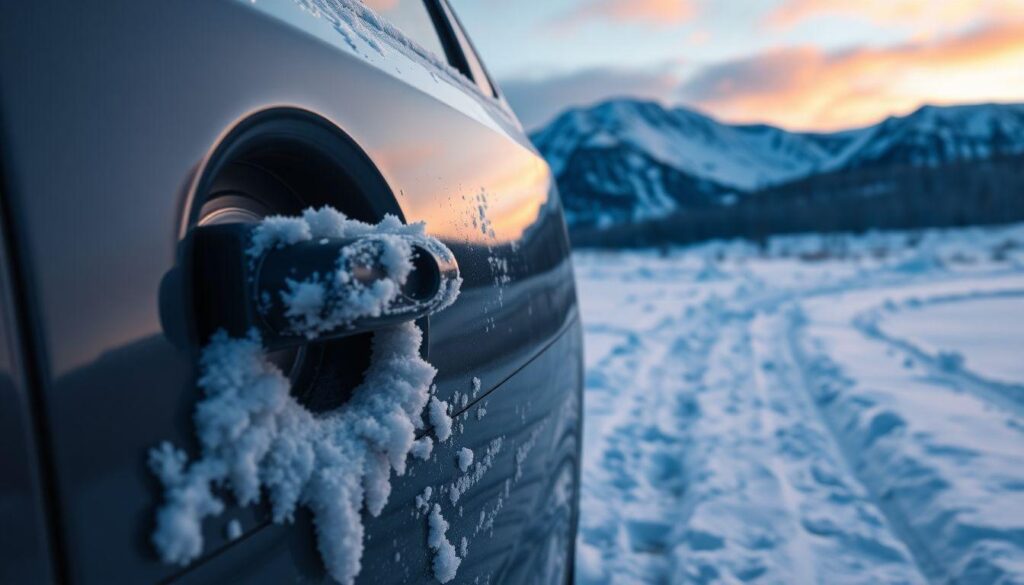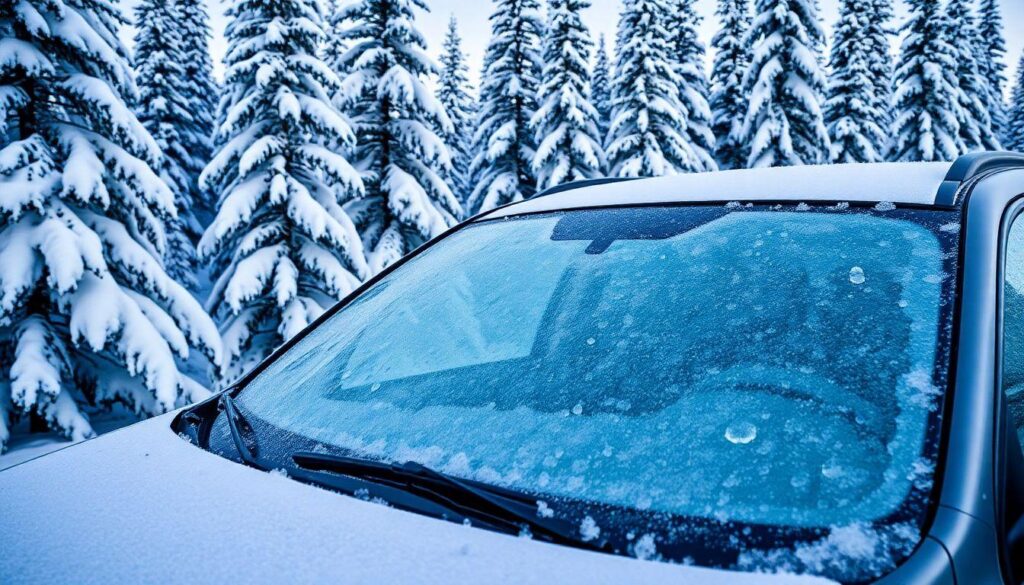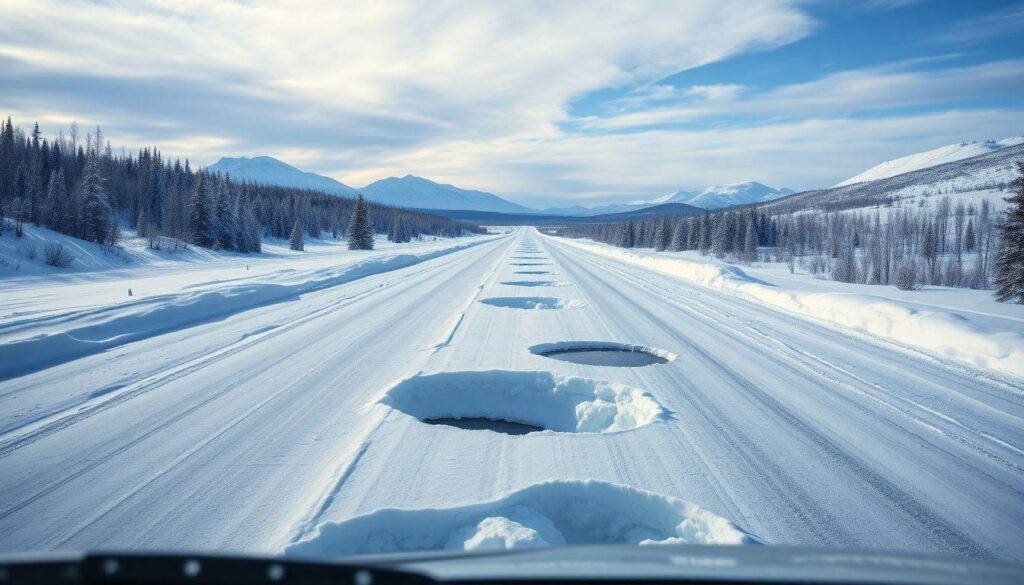Winter’s coming fast in Canada’s north, and if you’re like most women juggling a million responsibilities, the thought of expensive car winterization might make your wallet weep. But here’s the thing – keeping your vehicle safe and reliable during those brutal Yukon months doesn’t have to drain your bank account. With some smart planning and a little elbow grease, you can tackle affordable Yukon car winterization that’ll keep you and your family secure on those icy roads without breaking the budget.
You know what? There’s something empowering about taking car maintenance into your own hands, especially when winter prep can cost hundreds at the shop. Whether you’re a single mom stretching every dollar or simply someone who loves a good DIY challenge, these budget-friendly tips will help you navigate winter driving with confidence.
Essential Winter Fluids That Won’t Break the Bank
Let’s start with the basics – your car’s fluids are like its lifeblood during winter. Think of it this way: you wouldn’t go outside in minus-thirty weather without proper layers, so why send your car out there unprepared?
Antifreeze: Your Car’s Winter Coat
First up is antifreeze, and honestly, this is where many people overspend unnecessarily. You don’t need the premium brands that cost twice as much. Head to Canadian Tire or Costco and grab their house brand – it meets the same standards for a fraction of the price. A 4-liter jug typically runs about fifteen to twenty dollars and will handle most top-ups you’ll need.
Here’s a pro tip your mechanic might not mention: you can test your current antifreeze with a simple tester that costs under ten dollars. If your current mix can handle temperatures down to minus-forty, you’re golden. No need to flush and replace everything.
Oil Changes: Timing Is Everything
Winter oil changes are crucial, but timing them right saves money. Switch to winter-grade oil just before the deep freeze hits. Synthetic blend oils work beautifully for most vehicles and cost significantly less than full synthetic. Brands like Valvoline MaxLife or Castrol GTX offer excellent cold-weather protection without the premium price tag.
- Choose 5W-30 or 0W-30 for better cold starts
- Buy oil in bulk during sales – it doesn’t expire quickly
- Consider doing the change yourself to save labor costs
- Keep a record of changes for warranty purposes
Tire Strategies That Make Cents
Now, let’s talk tires – probably the biggest winter expense most of us face. But here’s where being smart about timing and choices really pays off.
When to Buy Winter Tires
The secret to budget car winterization lies in shopping off-season. Start hunting for winter tires in March and April when dealers are desperate to clear inventory. Yes, you’ll store them for months, but the savings can be massive – we’re talking thirty to fifty percent off retail prices.
Consider buying a good set of used winter tires from someone upgrading their vehicle. Check local Facebook Marketplace or Kijiji regularly. Just make sure the tread depth is at least 6/32 inches – anything less won’t give you the grip you need on Yukon roads.
DIY Tire Installation Tips
If you’re comfortable with basic tools, mounting tires yourself saves another hundred dollars or more. Most tire shops will mount tires on rims for about twenty dollars per wheel if you bring everything to them. Way cheaper than full installation and balancing.
- Mark your tires when removing them – front left, rear right, etc.
- Check tire pressure weekly – cold weather drops pressure fast
- Rotate tires every oil change to extend their life
- Keep a portable tire inflator in your car
Battery Care Without the Mechanic Bills
Car batteries hate cold weather almost as much as we do. But replacing a battery every winter isn’t necessary if you take some preventive steps.
Testing and Maintenance
Most auto parts stores test batteries for free – take advantage of this service in early fall. If your battery tests at seventy percent capacity or higher, it should survive another winter with proper care.
Clean those battery terminals with baking soda and water. Corrosion kills batteries faster than age does. Apply a thin layer of petroleum jelly to prevent future corrosion. This five-minute job can extend your battery’s life by months.
Smart Charging Solutions
A battery tender costs about thirty dollars but can save you hundreds in emergency calls and replacements. If you park in a garage or have access to an outlet, keeping your battery on a tender during extreme cold snaps works wonders.
For those without electrical access, consider a portable jump starter. Modern lithium units cost around sixty dollars and can jump-start your car multiple times on a single charge. Way cheaper than calling roadside assistance.
Emergency Kit Essentials on a Shoestring
Building a winter emergency kit doesn’t require expensive specialized gear. Smart shopping and repurposing items you already own goes a long way.
Budget-Friendly Safety Items
Dollar stores are goldmines for emergency supplies. Grab extra blankets, candles in glass jars, matches in waterproof containers, and basic first aid supplies. Add some granola bars and bottled water – stuff you’d buy anyway for the house.
That old yoga mat collecting dust? Perfect for kneeling on snowy ground when checking tires. Those mismatched socks? Great for covering side mirrors during ice storms.
- Folding shovel from the camping section – twenty dollars max
- Bag of non-clumping cat litter for traction under tires
- Tow strap – often cheaper than professional towing for minor situations
- Reflective emergency triangles from the dollar store
Windshield and Visibility Hacks
Keeping your windshield clear shouldn’t cost a fortune, but skimping here isn’t smart either. Visibility equals safety, especially during those short winter days.
Washer Fluid and Wipers
Buy winter washer fluid rated to minus-forty in bulk when it goes on sale. Store extra jugs in your garage – you’ll go through more than you think. Mix regular blue stuff with methyl hydrate if you’re really pinching pennies, but honestly, the pre-made winter formula isn’t much more expensive and works better.
Replace wiper blades before winter hits, not after they start streaking. Quality blades from Costco cost half what you’d pay at a quick-lube place and last just as long.
Keeping Costs Down While Staying Safe
The key to successful affordable car winterization isn’t cutting corners on safety – it’s being strategic about where and when you spend money. Prioritize the essentials: good tires, working battery, proper fluids, and visibility. Everything else can be done gradually or with budget alternatives.
Remember, winter car care is an investment in your safety and peace of mind. A few hundred dollars spent wisely in fall beats thousands in emergency repairs or, worse, dealing with an accident because your car wasn’t prepared.
Start with the most critical items first – tires and battery – then work through the list as budget allows. Even small steps toward winter readiness make a huge difference when that first blizzard hits.
If you found these money-saving winter car tips helpful, feel free to share this article with your friends and followers! We’re all trying to stay safe and save money, and sharing knowledge makes everyone’s winter a little easier to handle.

